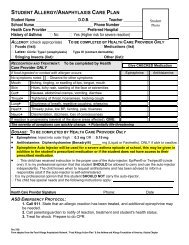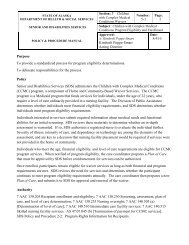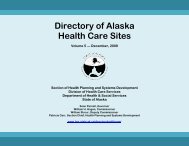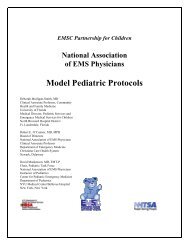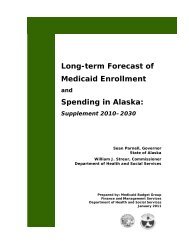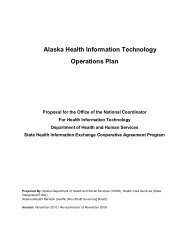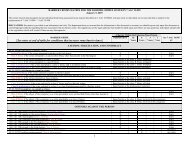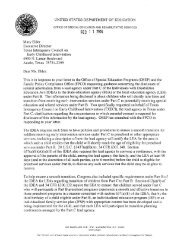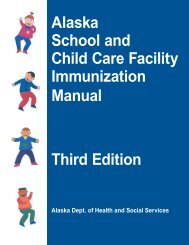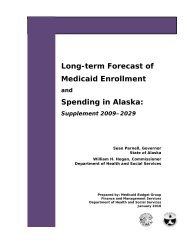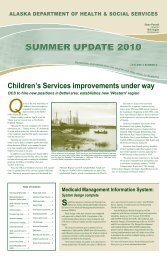ehr onc final certification - Department of Health Care Services
ehr onc final certification - Department of Health Care Services
ehr onc final certification - Department of Health Care Services
Create successful ePaper yourself
Turn your PDF publications into a flip-book with our unique Google optimized e-Paper software.
clarification on why the number <strong>of</strong> alerts is captured but not what the user did with the<br />
alert and if this data is going to be used to rate providers based upon the number <strong>of</strong> alerts<br />
they received. Two commenters requested that “responded to by a user” be clarified and<br />
asked whether it meant that a user had taken a different action as a result <strong>of</strong> the alert.<br />
One commenter recommended removing the alert requirement unless it is more clearly<br />
specified. One commenter recommended deleting the requirement on alert statistics<br />
because it could lead to alert fatigue. A few commenters expressed c<strong>onc</strong>ern about the<br />
ability to deactivate, modify, and add rules for drug-drug and drug-allergy checking.<br />
These commenters recommended that this capability be removed because <strong>of</strong> the risk to<br />
patient safety. A commenter noted that treating physicians should have the ability to<br />
ignore alerts in light <strong>of</strong> other clinical facts about the patient and felt that providing the<br />
ability to delete or modify alerts in a way that would be inconsistent with current medical<br />
standards would be irresponsible and contrary to the meaningful use goal <strong>of</strong> preserving<br />
the health and safety <strong>of</strong> patients. Other commenters requested clarification as to whether<br />
the ability to “deactivate” rules implied the ability to remove specific rules or drug pairs<br />
as they exist in commercially‐available clinical decision support (CDS) databases; the<br />
ability to “modify” rules implied that an administrator would be able to change the rules<br />
as they exist in these commercially‐available CDS databases; and the ability to “add” new<br />
rules implied that the administrator could create new rules in commercially‐available<br />
CDS databases. The commenters interpreted “modify” to mean, for example, the ability<br />
to override or change severity setting; and “add” to mean activating a category <strong>of</strong> CDS,<br />
such as drug‐drug interactions, but not individual rules; and “deactivate” as the ability to<br />
“turn <strong>of</strong>f” specific types <strong>of</strong> rules. Another commenter requested clarification as to<br />
Page 47 <strong>of</strong> 228



